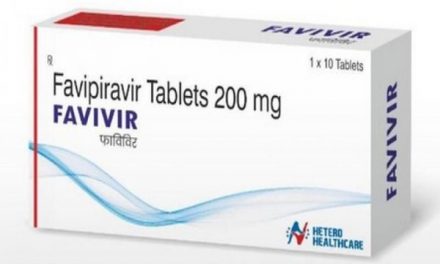Plasma transfusion: Three Indian-Americans, who was hospitalized in a critical condition for COVID-19, are showing signs of recovery after being transfused with plasma from the recovered coronavirus patients, hospital sources have said.
IT professional Rohan Bavadekar, Dr. Lavanga Veluswamy and Sushm Singh, are being treated at St Luke’s Medical Center in Houston, and have found recently recovered donors with same blood groups for plasma transfusion.
Doctors in Texas and around the country are experimenting with a new treatment based on an old technique, but aren’t sure if it to be fully effective. however, The treatment injects antibody-rich plasma from people who have recovered from the novel coronavirus into people who have severe cases of COVID-19. Antibodies are proteins in the blood that fight specific bacteria and viruses.
However, there is no vaccine for COVID-19 and new cases are increasing daily.
In the absence of a vaccine, doctors and scientists are looking to convalescent plasma because they consider it low risk and because it has been effective during past epidemics.
Five patients at Baylor St. Luke’s Medical Center in Houston — part of the Baylor College of Medicine — have been treated with convalescent plasma, said Dr. Ashok Balasubramanyam, vice president of academic integration and associate dean of academic affairs at the Baylo
“Vaccines for broad use would take about 12-18 months, and we don’t have time to wait,” said Lola Adepoju, a health services researcher at the University of Houston College of Medicine. till then, what we can do is ‘Convalescent plasma’ therapy definitely is one of those things we can actually pursue,” said the researcher.
The Food and Drug Administration is yet to approve the treatment but is allowing initial clinical trials. Because those trials are limited, doctors nationally can also request for the FDA’s permission to use the treatment for severe COVID-19 cases.
This is not the first time physicians have used plasma to combat infectious diseases before a vaccine is developed. The technique was used to treat hemorrhagic fever in 1979 and the Spanish influenza in 1918, Adepoju said, and it helped reduce mortality in both epidemics.











